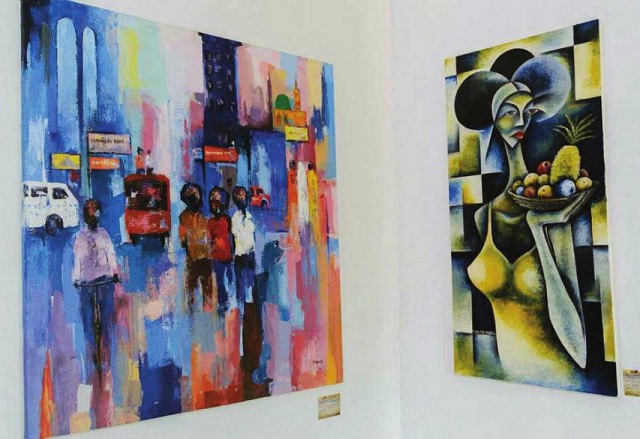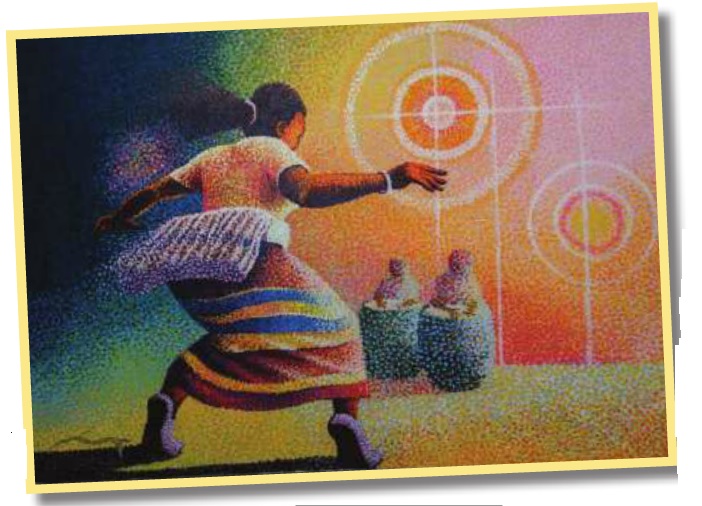
Visual artists from the East African region in historic exhibit
On the 14th of this month, Nommo Gallery in Nakasero awoke from its slumber as visual artists from the East African region gathered in a historic painting exhibition under the rubric of cultural diversity. This show was a translation of protracted talks among artists in different forums about the divide that exists on the block in regards to arts and culture as Nairobi claims the centre stage while others cling on as footnotes. The gallery was indeed alight with different shades of colour, themes, accents, and so on. What most of the participating artists did not know, however, is that this show was a de javu moment echoing what had always been the norm rather than the exception during the golden age of art in the region.
The story of modern art in East Africa logically starts from Kampala City, Uganda’s capital, through the sole efforts of the British missionary and charitable lady, Margaret Trowell. Trowell started the teaching of contemporary art in Uganda in the late-1930s. Her initial teaching was humble: adult students and civil servants would attend art lessons at the veranda of her house.
By 1939 this humble experiment had grown into an art department informally attached to Makerere College. Among the pioneering students of the school were Gregory Maloba (he of the Independent Monument adjacent to Sheraton Hotel) and Tanzanian Sam Ntiro. These two returned to their respective countries in the early 1960s and sparked a new wave of contemporary art. During the heady years of the 1960s to early 70s, Uganda was by far the region’s art powerhouse as there was plenty of activity, good work and patronage.

However, the political turmoil that was occasioned by Idi Amin’s regime turned Uganda’s wheels of fortune the wrong way, causing the art market to shift to the more stable and growing economy of neighbouring Kenya. This shift prompted Ugandan artists to follow suit as some went into self-imposed economic exile while others were victims of political repression because of the stinging undertones in their works that the regime could not tolerate. The influx of Ugandan artists into Nairobi effectively turned the city into a hub of Ugandan art with dominant figures such as Nuwa Nnyanzi, Elly Kyeyune and company becoming the leading reference points. It did not take very long before Kenyan artists assumed the reign of their art, consequently not only redefining the course of modern art in Kenya but also using the burgeoning market to make wealth from it.
It might not be farfetched to assume that the original thread that connected the region’s contemporary visual narrative through Margaret Trowell and the migrant Ugandan artists was never lost completely after all. This show is the third edition of a revolving exhibition that takes place annually in the region. It has attracted artists from Kenya, Tanzania, South Sudan, Ethiopia and DRC. A quick peek at the works is testament to the fact that despite the diversity of origin, the works indicate an aesthetic that seems to derive from the same bloodline or sucked from the same breast. There is a strong ‘East Africanity’ that binds them together to the extent that one has to critically read the label in order to distinguish them. The themes, colours, rendering and technical approaches are all inclined towards a school of thought of a Modernism inspired by a common dialogue and ancestry. With the kind of energy and dynamism that is the local arts scene today, is it possible that this exhibition is a precursor to the contemporary cultural dominion that Kampala once enjoyed during the golden era? The show will close on the 30th of this month.
 The Independent Uganda: You get the Truth we Pay the Price
The Independent Uganda: You get the Truth we Pay the Price


